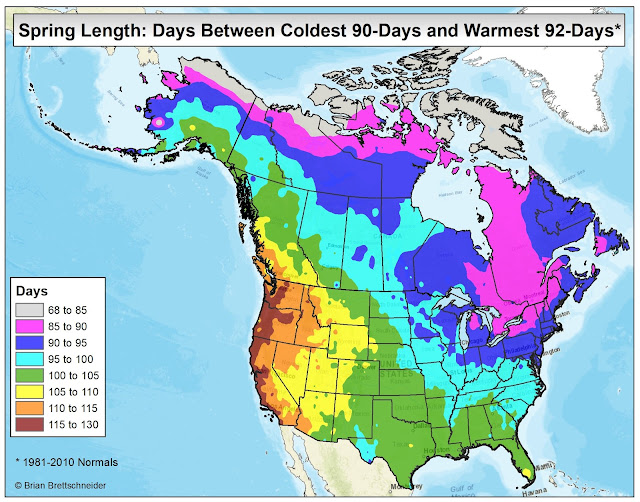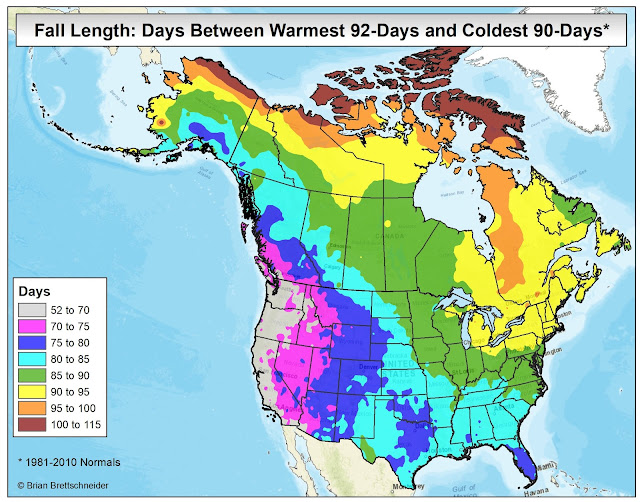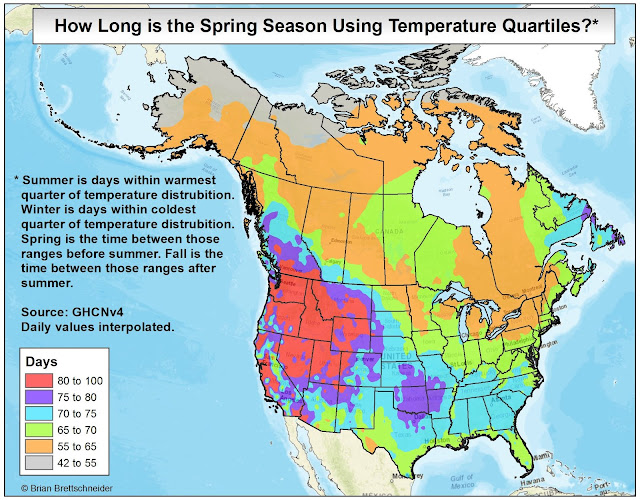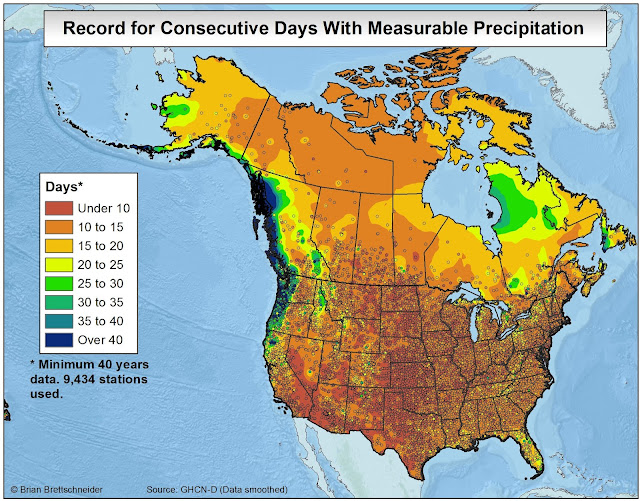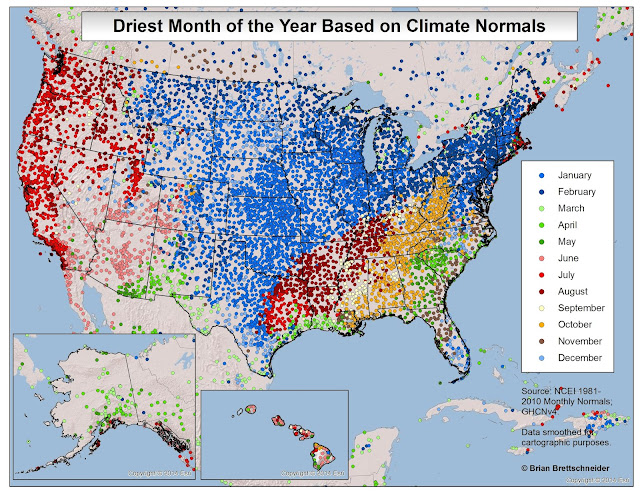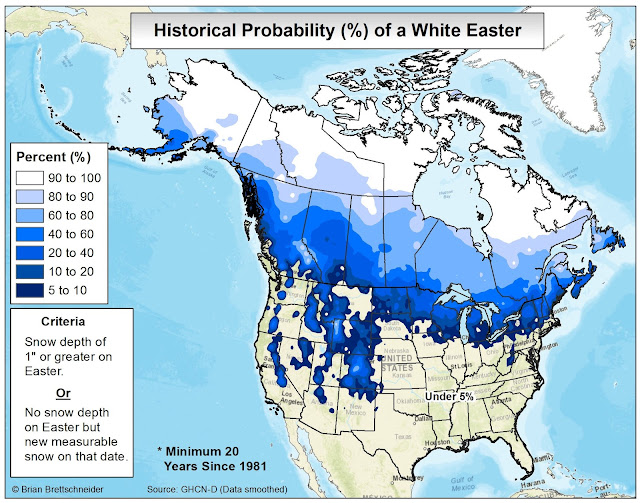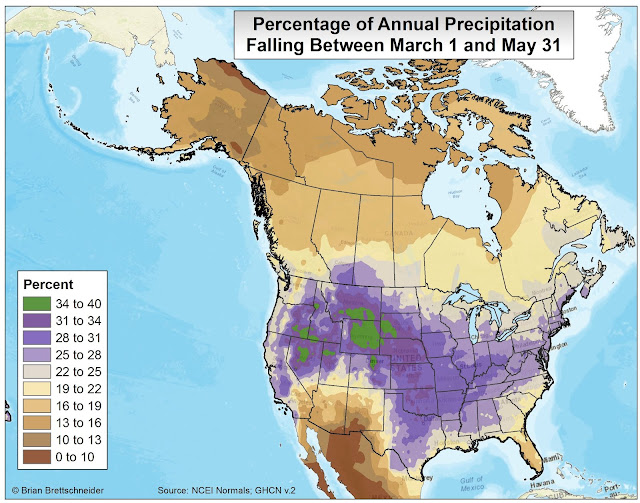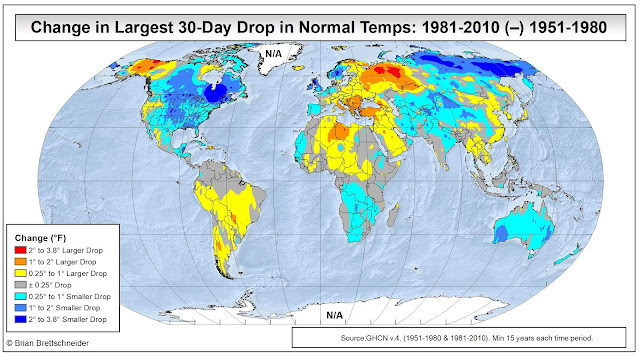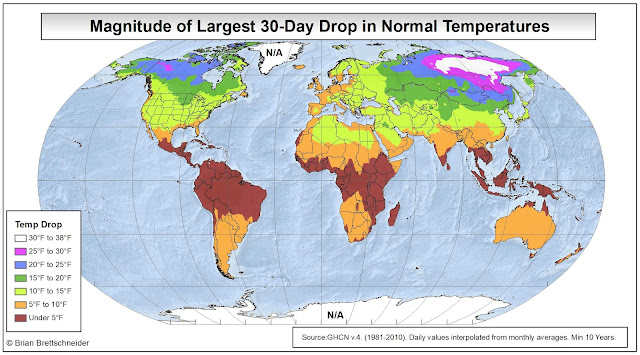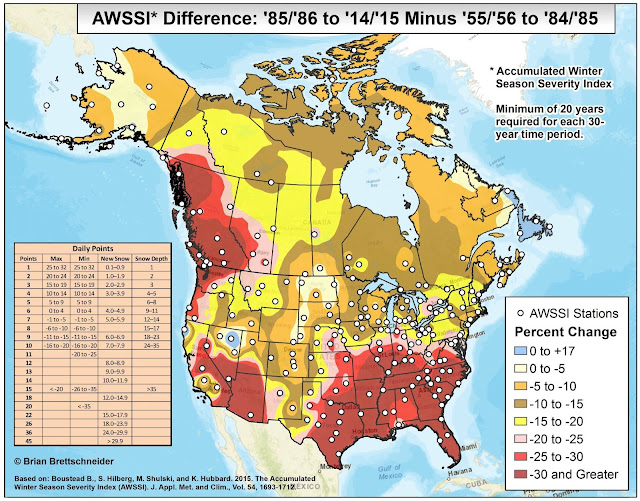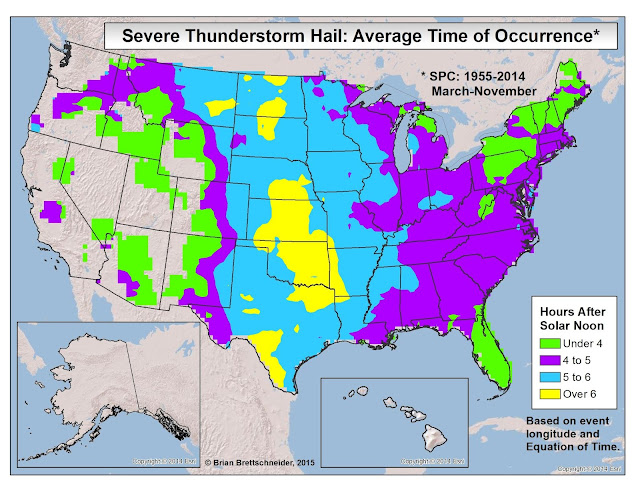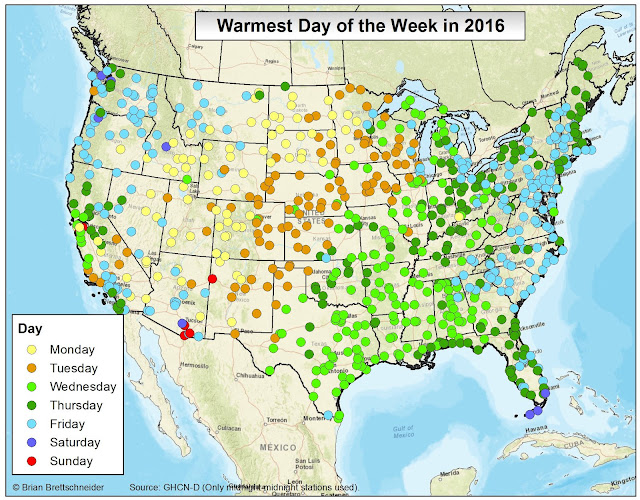A) No station outside of Hawaii has ever had a 10" rain event on Christmas Day. The Continental U.S. record is 9.84" at Dothan, AL, in 1964. LINK
B) Hawaii has seen four 10" rainfalls on Christmas Day. Three in 1927 on the Big Island. LINK
C) The wettest Christmas *may be* 1975 and the driest *may be* 1999. LINK
D) A closer look at the ESRL 20th Century Reanalysis data set (1851-2014) shows that Christmas 1889 was the warmest during that time period (also exceeding 2015). Note: this data set models temps using SLP, SST, and sea ice. LINK
E) The coldest Christmas is easily 1983. Christmas 1983 is not only the coldest Christmas Day on record. In the R1 Reanalysis database, Dec 25, 1983, is the second coldest of any day between Jan 1, 1948, and present [12/22/1989]. LINK1 LINK2
F) The coldest Christmas in Alaska was 1961.
G) The warmest Christmas in Alaska is a near tie between 1971 and 1985.
H) The lowest Christmas Day temperature in the Lower 48 was -53°F at Riverside, OR, in 1924. LINK
I) La Pryor, TX, hit 93°F on Christmas Day 1955. That is the U.S. Christmas record.
J) The lowest Christmas high temperature was -25°F at Wolf Point, MT, in 1983. LINK
K) The lowest max (coldest high temperature) on an Alaska Christmas was -56°F. Allakaket (1917) and Eagle (1961) share the honor. LINK
L) The lowest low temperature on Christmas Day in Alaska was a chilly -66°F at Allakaket in 1954. LINK
M) The warmest Christmas Day temperature in Alaska was 57°F at Copper Center School in 1962. LINK
N) The greatest Christmas Day snow is 44.0" at the Mount Rainer Paradise Ranger Station in 2015. Note: This is possibly a three-day total. The next highest total is 40.2" at Portola, California, in 1971. LINK
O) The deepest snow depth on Christmas Day is 160". Both Mt. Rainer Paradise Ranger Station (1996) and Mt. Baker Lodge (1948) achieved this value. LINK
P) There are 4,469 stations with at least 50 years of Christmas Day temperature data. All but 21 (not incl Hawaii) have had at least one Christmas freeze. 7 in Florida, 13 in California, 1 in Louisiana. LINK
Q) Utqiaġvik (Barrow), Bettles, Northway, Tok, Kotzebue, Ft. Yukon, and Tanana, Alaska, have never had a Christmas Day temperature above freezing. [min 50 years]. LINK
R) In Alaska, Tok (5°F), Northway (9°F), and Ft. Yukon (9°F) have never had a Christmas low temp warmer than 10°F. [min 50 years] LINK
S) In 1919, only 2.6% of stations in the Lower 48 had measurable precipitation on Christmas Day. In 1940, 48.0% of stations had measurable precipitation. LINK
T) There are seven station that have not recorded measurable precipitation on Christmas Day [min 50 years]. LINK
U) The Otis 2 NE Cooperative station in Oregon has recorded measurable precipitation on 53 of 65 Christmas Days. That is the highest percentage outside of Hawaii. LINK. They also have the longest current streak of Christmas' with measurable precipitation. 23 in a row and counting. Outside the Pacific NW, only Bradford, PA, has had 20 consecutive Christmas' with measurable precip (1961-1980). LINK
V) The Houghton Lake AP, Michigan, station once received measurable snow on 17 consecutive Christmas Days (1964-1980). LINK
W) Map showing the record lowest Christmas Day temperature for stations with 40+ years of data. LINK
X) Map showing the warmest Christmas Day temperature on record using stations with at least 40 years of data. LINK
Y) Mould Bay, Canada, has Christmas Day data for 64 years. They have never recorded a Christmas temperature above 0°F.
AA) Coldest Christmas on record based on Reanalysis data: 1851-present. Note: pre-1948 methodology is less robust. LINK
AB) Historical chance of measurable snow on Christmas Day. LINK




















